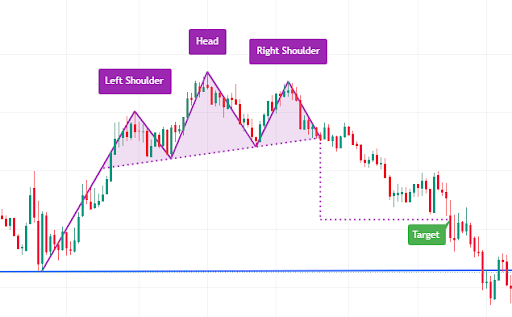fFinancial crisis, corona crisis, climate crisis, supply chain crisis, democracy crisis – it is not easy to keep an overview in the midst of so many developments and events that are described with the word crisis. Discussions about what might connect these crises often fall back on old patterns. Then, for example, “capitalism” is the root of all evil or “globalization”; and on the right side of the political spectrum, conspiracy myths such as the “deep state” or small groups supposedly controlling all evil thrive.
The response to the identified crises is attempts to find a way back to a vague earlier “normality” – which, however, must have been the starting point for these crises. Even the climate movement, which is perceived as so provocative, ultimately has a conservative goal: living conditions should remain more or less as they are. New designs are hardly in sight.
Monocultures destroy their own production conditions
Now Jeremy Rifkin has set about locating the common denominator of the crises of our time, and this author is known for large-scale projections and interpretations of the world situation. Beginning with “Entropy – a new world view” (1982) and “Genesis two” (1986), he published books a few years apart in which he presented large-scale ideas. Wish and design were often close together, for example in “The Disappearance of Property” (2000) and “The Empathic Civilization” (2010).

Jeremy Rifkin: “The Age of Resilience”. Rethinking life on a wild earth.
:
Image: Campus Verlag
So now the “age of resilience”. The term describes the ability to withstand shock and stress events and to assert oneself in changing times through one’s own change. From system theory, the term has long migrated into wellness and consultant jargon, which of course does not have to devalue it immediately.
Rifkin identifies the principle of efficiency as the common denominator of the current crises. He traces how in the course of industrialization a small number of parameters, such as productivity and turnover, became the measure of all things, while people forgot to consider the ecological basis of life or to be sufficiently prepared for unexpected events – be it by storing face masks in the event of a pandemic or by stocking up on microchips in the event of a supply disruption. As an example of risky efficiency, Rifkin also cites agricultural monocultures that destroy their own production conditions.
A wealth of data and facts is intended to generate evidence
As an antidote to this, Rifkin presents the eponymous resilience, which he sees realized primarily in ecosystems. These do not simply implode, as would have happened with the banking system after the Lehman collapse if the states had not taken countermeasures. The web of life is equipped with many reserves and duplications, such as nutrients or species with similar system functions. It also has the ability to adapt and change. The performance of biological systems is “not measured in terms of productivity, but in terms of their renewability,” writes Rifkin.
What is appealing about this type of critique is that it is not constrained by premises and doctrines, as is the case, for example, in the left-wing critique of capitalism, but is oriented towards insights from cybernetics and ecology without a predetermined result. Up to this point, Rifkin is on the right track, which makes the book look promising. But what follows is a big disappointment. Rifkin applies the circular economy he praises himself and recycles content from previous books that is sometimes decades old, for example in his explanations on entropy or the global “Green Deal”.
The book attempts to gain depth through references to the history of ideas. But statements about which masterminds from earlier centuries are to blame for today’s problems remain inconclusive. A wealth of data and facts is intended to produce evidence and is reflected in an impressive list of sources, but the work appears to have been collaged with copy and paste. A chapter on a participatory “peerocracy” as an alternative to representative democracy is supposed to be original, but gets lost in unenlightening prolixity. The explanations of how a new environmental awareness, a new scientific method or concrete investments in infrastructure can help to strengthen the resilience of society are left loose ends. Most bitterly, Rifkin mythically exalts nature, but then largely ignores its strategic protections – such as how wetlands can make water and food supplies more resilient.
Biologists Lance H. Gunderson and Crawford Stanley Holling developed the topic of this book in much more depth twenty years ago in their resilience classic “Panarchy”. If you are looking for inspiration to interpret the patterns of the current crises and to look for alternatives that are free of ideology, you are more likely to find them there.
Jeremy Rifkin: “The Age of Resilience”. Rethinking life on a wild earth. Translated from the English by Jürgen Neubauer. Campus Verlag, Frankfurt am Main 2022. 360 pages, hardcover, €32.









